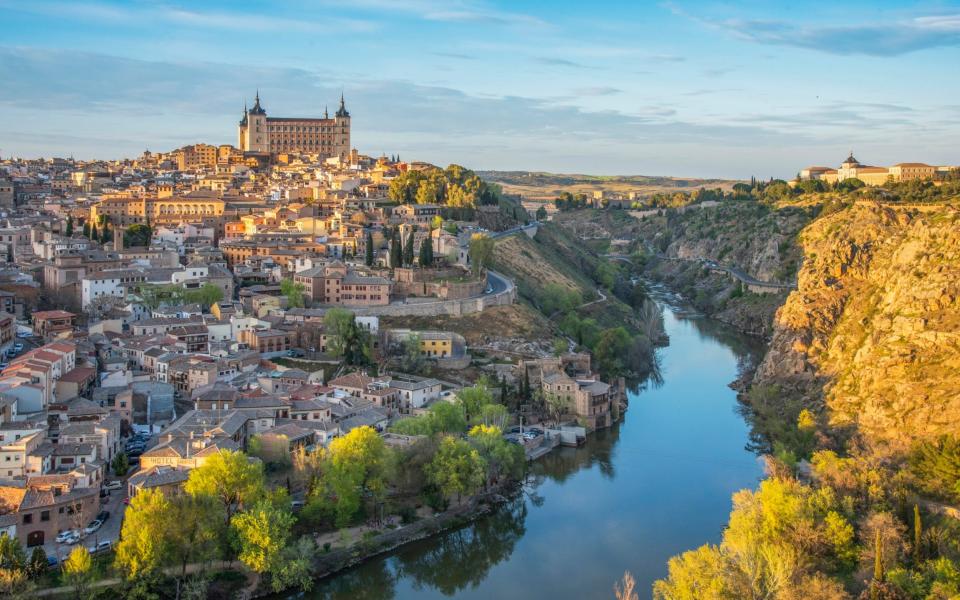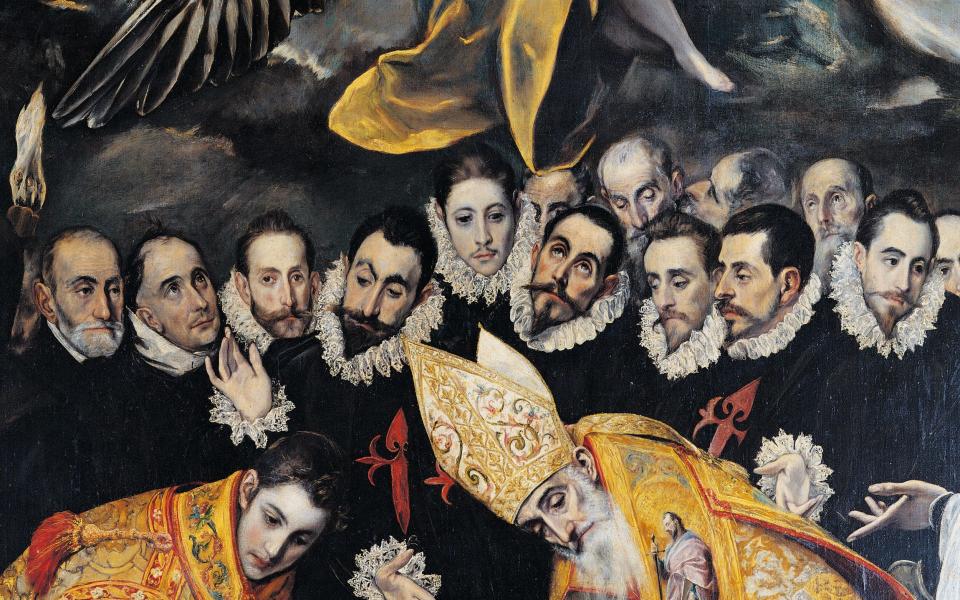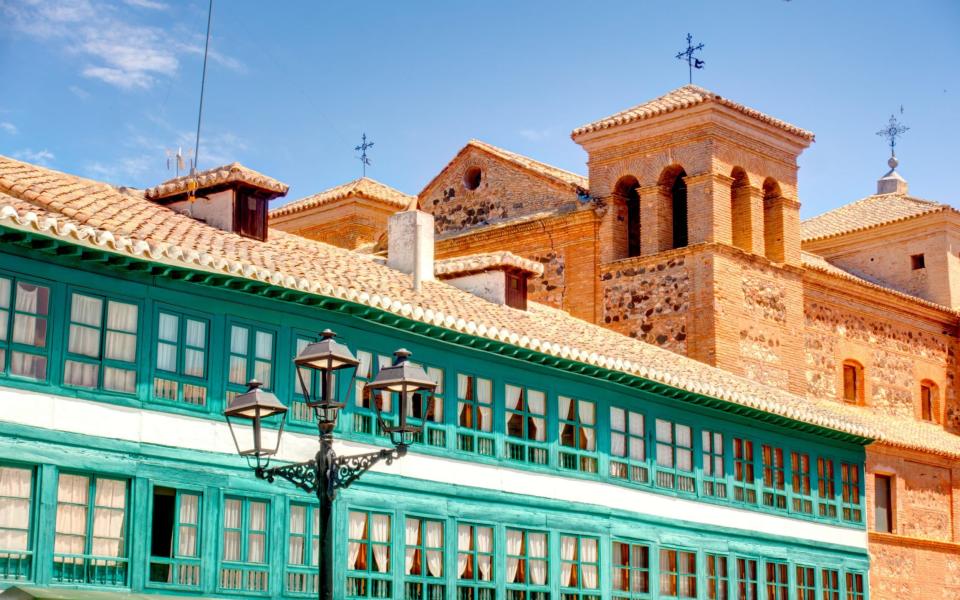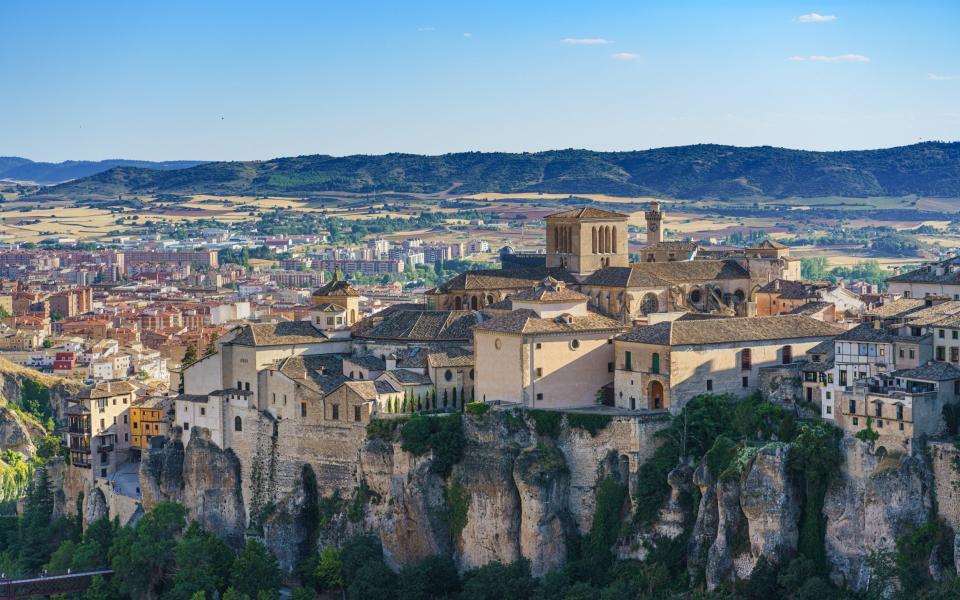It is said that tourists “crush” Spain every summer. But most of its 85 million annual visitors go to a few places: Majorca, Ibiza, the Canary Islands, Barcelona… It’s easy to get off the beaten path and explore undiscovered Spain. I have traveled this vast country for the last 30 years, and there is one region that I most enjoy visiting. If you’re looking for adventure, La Mancha is the place to go.
On the surface, La Mancha seems like an unlikely holiday destination. The land is mostly flat and featureless. Landmarks are few and far between. It is too far from the sea and the weather is too harsh; scorching hot in summer and freezing cold in winter. Still, there is something about this place that attracts you. Its villages are rugged and authentic, almost unaffected by tourism. You really feel like you are traveling in La Mancha. This is the real Spain.
I first came here 20 years ago, following in the footsteps of Don Quixote. It was the 400th anniversary of Cervantes’ pioneering novel, and the Spanish tourist board had designed a Ruta de Don Quixote to attract more visitors to La Mancha. Of course, the whole concept was ridiculous. No one knows why Cervantes told his epic here, but he was probably taking the mickey. Then, as now, La Mancha was the backwaters, the middle of nowhere. Don Quixote is a crazy old man who sees himself as a knight in shining armor. Calling him Don Quixote de la Mancha is like calling him Lord of No Man’s Land.
As I wandered around these dark backwaters, lost, tired and alone, I began to feel like Don Quixote, a deluded madman chasing shadows. Don Quixote is a poor fantasist. His adventure is a wild goose chase. Will my journey on this road to nowhere turn into a fool’s errand?


There are a few specific places in the novel, and therefore Ruta de Don Quixote is also quite imaginative, like the book. But when you stop trying to follow in Don Quixote’s footsteps (a quixotic quest, of course) and just enjoy the journey and the scenery, La Mancha comes alive. This harsh landscape has a barren, eerie beauty, and there are some stunning historic towns scattered around this arid hinterland. It’s exciting to find a place so close to home where you feel more like a wanderer than a wanderer; A place where British visitors are rare. I’ve been back a few times since then, and I love it more every time I go there. The best way to see La Mancha is on a road trip. Ten days should cover this. Here’s how to do it and what to do along the way.
Finding good hotels in La Mancha can be a bit of luck. Before you set off, I recommend booking rooms at the Paradors in Toledo, Almagro, Alarcón, and Cuenca, respectively. I recommend staying two nights at each. Paradors are government-run smart hotels, often located in antique buildings. They are popular with Spanish travellers, and these four are particularly atmospheric.
It’s easy to get there. Fly to Madrid and pick up a rental car from the airport. From here it’s 60 miles to Toledo, Spain’s medieval capital and gateway to La Mancha. Tucked atop a steep hill rising above the sun-baked plain, it’s a great place to wander around. The greatest pleasure is to see the fascinating paintings of El Greco, who created his greatest works of art here. His paintings can be found in numerous mansions, churches and museums around Toledo. A walking tour of these locations is a great way to get to know the city.


After two nights in Toledo, you’ll be ready to hit the road again. After a late and enjoyable breakfast, set out for Consuegra, 65 kilometers south. The row of 11 white windmills towering above the town is one of Spain’s most iconic sights, the defining image of La Mancha. The quiet town below is pleasant and unpretentious. Plaza Mayor is a suitable place for lunch.
After lunch, head 55 miles further south to Almagro. In the 16th century Almagro was a wealthy and important place, but not much has happened here since then and much of the Renaissance architecture has survived. Almagro’s crowning glory is the Coral de las Comedias, a superbly preserved 16th-century theater and ornate relic of Spain’s Golden Age.


Almagro is a useful starting point for day trips to Valdepeñas, approximately 40 kilometers away. This beautiful town is the center of La Mancha’s thriving wine trade. There are plenty of bodegas in the city where you can do tastings and buy a few bottles to take with you. If you’re here in September, don’t miss the town’s annual wine festival (the Museo del Vino is also worth visiting any time of year). Local Tempranillo used to be considered a cheap and cheerful table wine, but its quality has improved considerably in recent years.
After spending two nights in Almagro, it was time to head 190 kilometers east to Alarcón, a small fortress perched on a narrow promontory, protected by the deep valley of the Rio Júcar. Wild, remote and windy, like a scene from El Cid. It’s a peaceful place today, but it has a long and violent history. It was inhabited by the Celts, then the Romans, and then the Moors, who built the ancient castle into its core in the 8th century. The castle was captured by the Christians in 1085, retaken by the Moors, then completely retaken by the Christians in 1184. Today, it’s a comfortable Parador. The fortified town is small but has many good places to eat and drink.
The final destination is Cuenca, 50 miles north of Alarcón. A magnificent city huddled atop a cliff, surrounded by dizzying valleys. Located in a converted monastery, the Parador has some of the best views. A more dramatic viewpoint is the Museo de Arte Abstracto, located in one of the ‘hanging houses’ clinging to the edge of the cliff. Under Franco’s fascist tyranny, figurative painting was a risky business, and so abstraction became a refuge for dissident artists. This museum displays a beautiful selection of their work.


From Cuenca west, it’s 100 miles to Madrid airport. It was my last night in La Mancha and I was in no rush to go home. I wandered around the city without a plan, with no idea where I was going, then it rained, the first rain in weeks. I felt divine. Soaked and satisfied, I ducked into a cervecería. There was bullfighting on TV. Standing room only. The place was packed. I walked up to the bar, ordered a beer and tried to pay for it, but the bartender smiled and shook his head. He could see that I had come a long way. I feel welcome here. It was on this house.
This is La Mancha, at least as I see it. If you go, you will make your own discoveries. You’ll probably have a few setbacks yourself; This is such a place. There are lots of dead ends, there’s a horse town you’ll never want to visit again, but the special things are really special, the things you’ll remember for a lifetime. I’ve had more relaxed holidays in other parts of Spain, but La Mancha is where I had the best adventures. I can’t wait to go again.